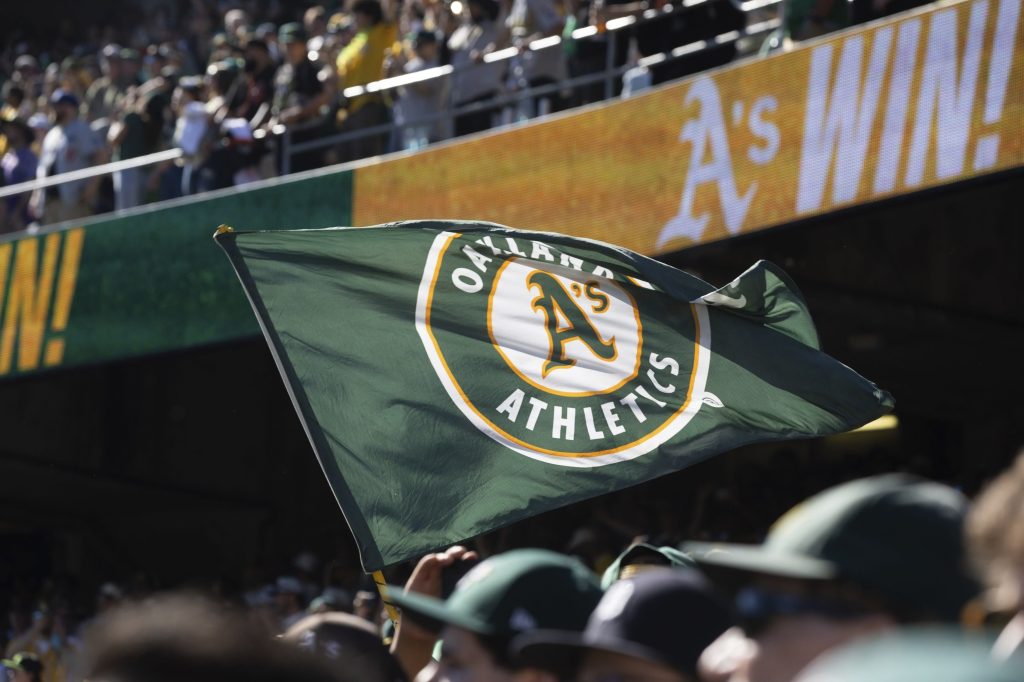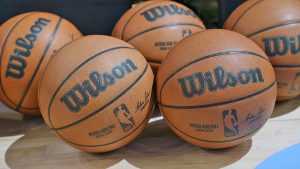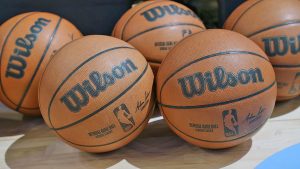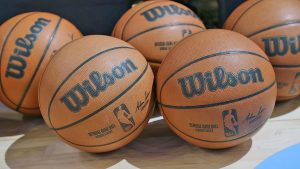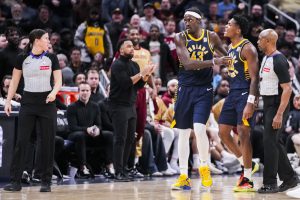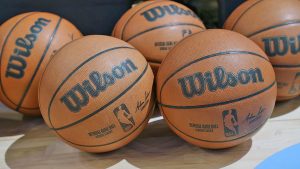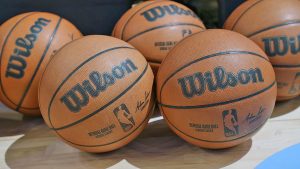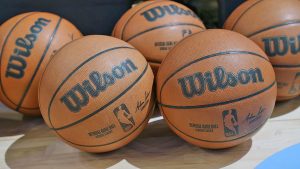There’s another Japanese two-way phenom coming to MLB, and he could shake up the posting system as we know it.
All eyes in the baseball world right now are laser-focused on Roki Sasaki. The 23-year-old Japanese flamethrowing phenom is seemingly days away from signing with an MLB club. Reports indicate that Sasaki has narrowed his options to the Los Angeles Dodgers, the San Diego Padres and the Toronto Blue Jays. Whichever franchise lands the uber-talented youngster will get the bargain of the winter: a controllable, electrifying starting pitcher with immense upside.
But while Sasaki’s decision will have massive repercussions on the 2025 MLB season and beyond, the arrival of another Japanese talent could have an even bigger impact on the future of Japanese-American baseball relations.
Shotaro Morii is an 18-year-old two-way player who is widely considered one of the best players in his Japanese high school class. But rather than embarking upon a pro career in Japan, like thousands of his countrymen have done, Morii opted to blaze a new path by signing with the Athletics as an international amateur for a $1.5 million signing bonus. The deal, first reported by Yahoo Japan, became official Wednesday, the first day prospects in this year’s signing class were able to announce contracts.
It is the first of its kind.
アスレチックスへようこそ!森井翔太郎選手!
(Welcome to the Athletics Shotaro Morii!) pic.twitter.com/dMzh9kGvnk
— Athletics (@Athletics) January 15, 2025
Never before in the history of Japanese baseball had an elite amateur prospect signed directly with an MLB team out of a Japanese high school. Last year, a slugging first baseman named Rintaro Sasaki (no relation to Roki), then the country’s consensus top prospect, made the paradigm-shifting choice to bypass the NPB Draft in favor of enrolling as a freshman at Stanford University. He played summer ball last year against collegiate competition and will play his first season with the Cardinal this spring. Sasaki’s move sent shockwaves through the Japanese baseball community, and Morii’s deal with the Athletics only adds fuel to the fire.
As a two-way player, Morii — a lefty-hitting, righty-throwing shortstop and right-handed pitcher — is tantalizing and promising, though not generational. Offensively, he boasts impressive pop for his age, thanks to electric hands and a wide frame. However, as he adds more strength and bulk, he might eventually need to slide off shortstop to a less valuable infield spot. On the mound, he touches 95 mph but isn’t a polished product yet. Alland ye together, Morii provides an exciting, projectable package, one that would likely make him a first-round pick if he were a stateside high schooler.
But what Morii represents and what his decision could precipitate in years to come might prove to be more significant than anything he accomplishes in his career on the ball field.
Japan has a rich, layered baseball history, but until 1995, only one Japanese-born and -raised player had ever reached Major League Baseball. That trailblazer was Masanori Murakami. As a 20-year-old reliever, Murakami journeyed to America in 1964 alongside two of his Nankai Hawks teammates to take part in a baseball exchange program with the San Francisco Giants. He reported to the Giants’ single-A team but turned out to be far too skilled for that level. By late summer, the Giants had called him up to the majors, making him the first Japanese player in MLB history.
And while Murakami shined out of the bullpen in San Francisco, his success created a firestorm back home. The Hawks wanted their player back. The Giants, having unearthed a gem, wanted to keep Murakami around. After much back and forth, the leagues eventually settled on an arrangement: Murakami would spend 1965 with the Giants, then return to the NPB.
The entire incident led to something of a gentleman’s agreement between the two leagues that MLB teams would not poach Japanese players. And for three decades, that was the status quo. Not a single Japanese player appeared in MLB between 1965 and 1994. Then, in the winter of 1995, everything changed.
Hideo Nomo, a starlet pitcher for the Kintetsu Buffaloes, used a loophole in his contract to retire from NPB, making him eligible to sign with an MLB team. Upon becoming a Los Angeles Dodger, Nomo rocketed to stardom, immediately winning NL Rookie of the Year. His dramatic departure — and two others that followed, featuring NPB players Hideki Irabu and Alfonso Soriano — motivated the two leagues to implement the posting system.
That system has changed in form and function since its ratification in 1998, but its intentions remain the same. It seeks to give Japanese superstars the opportunity to test their talents in MLB while providing NPB teams with financial compensation in the aftermath of their departures. However, NPB teams must agree to post their players, a dynamic that often leads to conflict and controversy. Roki Sasaki, for instance, has received a torrent of criticism in Japan for requesting to be posted before he accomplished what some judge to be the requisite level of NPB success.
So while Japanese players in MLB are generally appreciated and beloved back in Japan, and the national team won the most recent World Baseball Classic, the trend of talented young players making the leap to MLB earlier and earlier is a source of worry for many. Morii and Rintaro Sasaki, by skirting the Japanese domestic system altogether, have only intensified those concerns. If the trailblazing duo reach MLB, they’ll become just the fourth and fifth Japanese-born and -raised players in the history of baseball to appear in an MLB game without first appearing in an NPB game.
All three prior stories are complete aberrations. The first, Mac Suzuki, was kicked out of his house by his parents as a teenager and went to work for an independent-league team in America. He eventually pitched for that team before climbing into affiliated baseball, up the minor-league ladder and on to the bigs. The second, Kazuhito Tadano, was a highly regarded college pitcher who went undrafted in the NPB after a pornographic video of him became public. He instead signed with Cleveland and reached the majors in 2004. He’s now the pitching coach for the Hokkaido Nippon-Ham Fighters, Ohtani’s old team. The third, pitcher Junichi Tazawa, was a late bloomer who, after going undrafted in the NPB, signed with an industrial-league team and blossomed into a real prospect. Rather than reentering the NPB Draft, he signed with the Boston Red Sox in 2008.
What Shotaro Morii and Rintaro Sasaki are attempting is altogether different. It is instead structurally similar to how Latin American amateurs sign with MLB teams. That dynamic, while problematic in other ways, makes sense considering that countries such as Venezuela and the Dominican Republic don’t have meaningful professional summer leagues.
That’s not the case in Japan, where baseball remains the country’s biggest sport and NPB its biggest league. Fans, proud of their nation’s baseballing might, fear becoming little more than a feeder league for the richer and more powerful forces in stateside baseball.
Both sides of the story make sense. On one hand, players should have the freedom to play wherever they want. They should be able to chase their dreams at the highest level possible. And considering how much more valuable MLB contracts are than those in NPB, it’s a reasonable business decision. At the same time, it’s understandable that Japanese fans are concerned that their nation’s best young players are beginning to skirt the local pipeline altogether.
If and how the powers that be in Japan attempt to stymie the trans-Pacific flow of talent over the next decade will be a fascinating dynamic to follow. Not long ago, Morii would have entered his name into the NPB Draft, becoming a Chunichi Dragon or a Yomiuri Giant. Instead, he’s an Athletic.
And if he develops into a productive big leaguer, there’s a good chance he won’t be the last player to make the 5,000-mile jump at such a young age.
